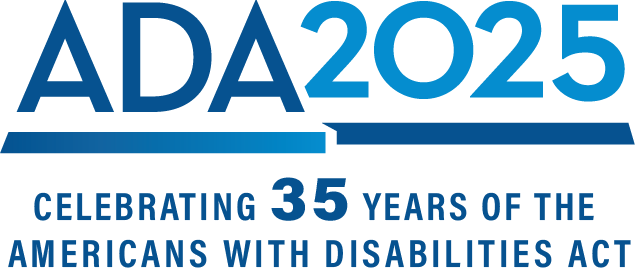From cat videos to online learning, video increasingly dominates our online experiences. This makes it more critical than ever for content creators to ensure that their videos can be enjoyed by the largest possible audience — including people with disabilities.
Captioning and audio descriptions are two essential tools to make videos more accessible. Captions present audio content as text, making video more accessible to people who are deaf or hard-of-hearing, people watching a video in a non-native language, or anyone watching in a noisy room. Captions can also help with search engine optimization. Audio descriptions are narrations of important visual information, such as scene changes and facial expressions, making video more accessible to people who are blind or visually impaired.
A growing set of online tools is making it easier than ever to incorporate captions or audio descriptions into your videos. One available captioning tool is CADET (Caption and Description Editing Tool). This free, downloadable caption-authoring softwareenables anyone to produce high-quality caption files compatible with any media player that supports the display of captions. CADET can also be used to generate audio-description scripts.
CADET was developed by the National Center for Accessible Media at the WGBH Educational Foundation with funding from ACL’s National Institute on Disability, Independent Living, and Rehabilitation Research (NIDILRR). Watch CADET in action below.
A NIDILRR-funded grant called Rehabilitation Engineering Research Center: Develop and Evaluate Rehabilitation Technology and Methods for Individuals with Low Vision, Blindness, and Multiple Disabilities created and made YouDescribe available since 2017. It is a web-based system that enables anyone to record a description of any YouTube video so that any blind or visually impaired viewer can access and listen to the described version from anywhere in the world.
In 2025, a NIDILRR-funded grant called Rehabilitation Engineering Research Centers (RERC) Program: RERC on Blindness and Low Vision has updated the classic YouDescribe to YouDescribeX. YouDescribeX builds on the classic version by providing AI-generated descriptions that provide a baseline of description without sighted assistance, which can be edited and improved by sighted volunteers. YouDescribeX is still being refined as of April 2025 and does not work in the Microsoft Edge browser, but it does work in Firefox and Google Chrome. YouDescribeX will be widely advertised once the refinements are complete.
In 2022, a Rehabilitation Engineering Research Center NIDILRR-funded grant called RERC on Improving the Accessibility, Usability, and Performance of Technology for Individuals who are Deaf or Hard of Hearing (DHH-RERC), located at Gallaudet University, developed GoVoBo - Universal Captioning App. This app puts control over captioning into the hands of the deaf/hard-of-hearing user. Most existing captioning solutions are tied to specific products (e.g. Zoom, Teams), and have often to be enabled by the host to work. This product, in contrast, can caption anything, in over 40 different languages, with control features specifically desired by the deaf/hard of hearing communities, and can be turned on and off solely at the discretion of the user, rather than anyone else.

